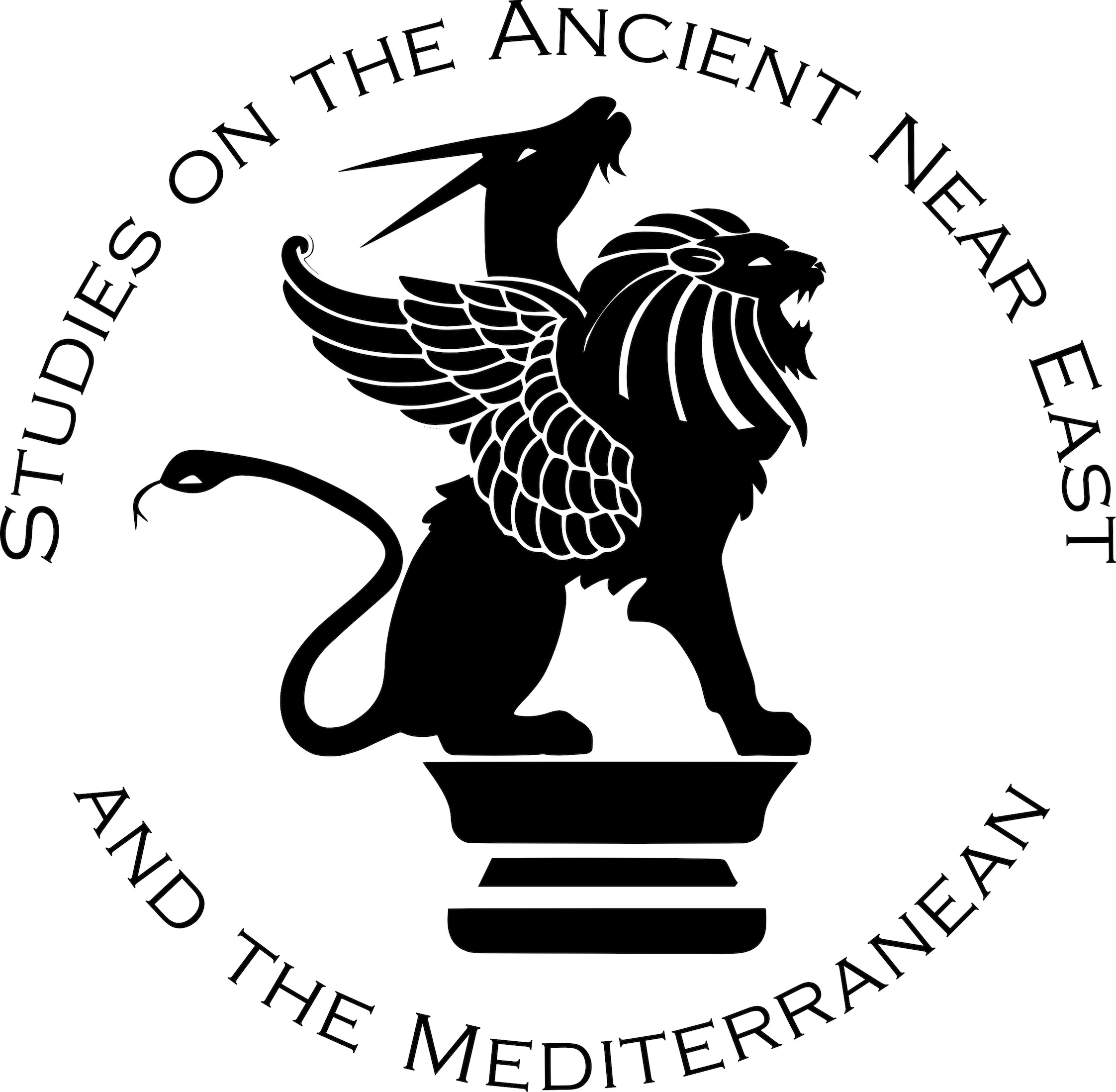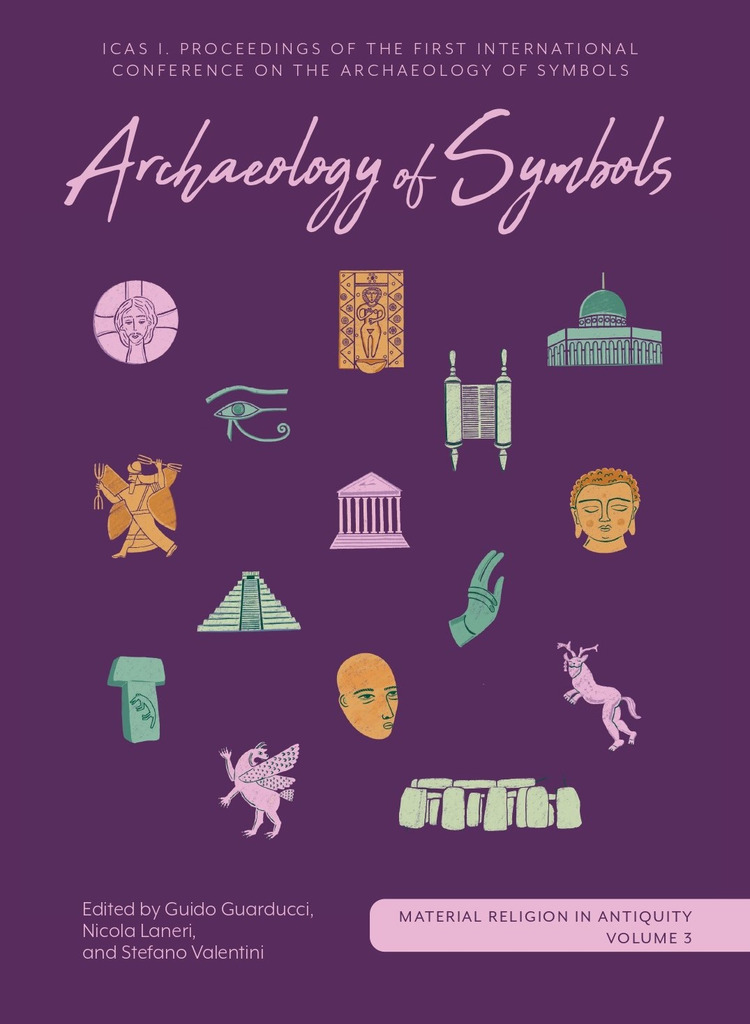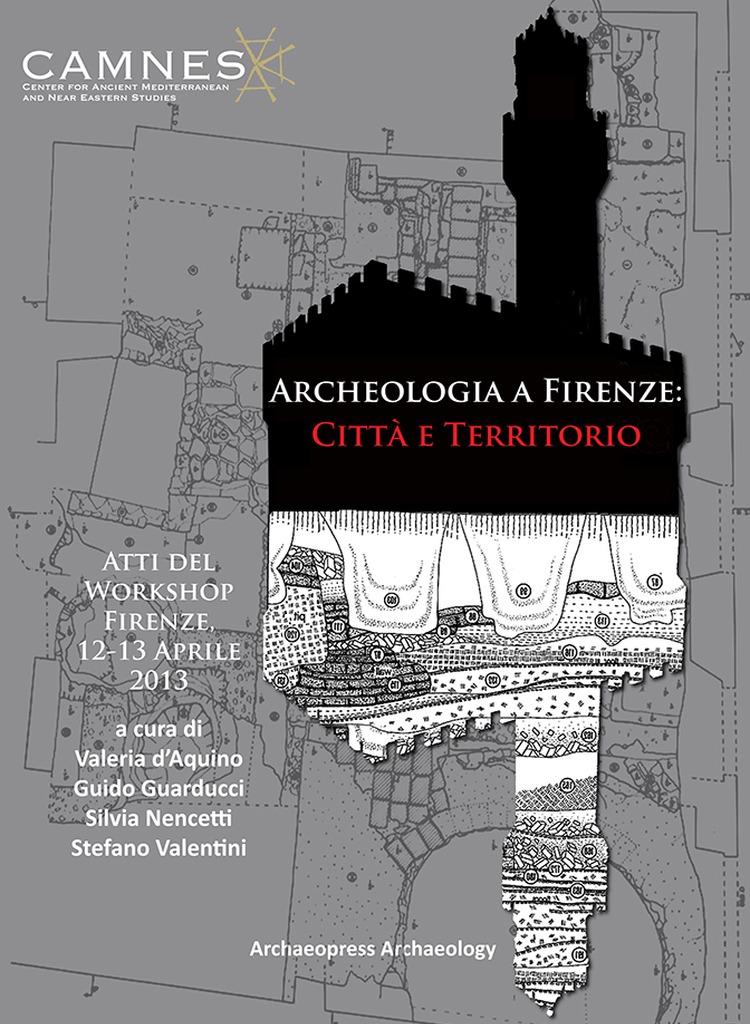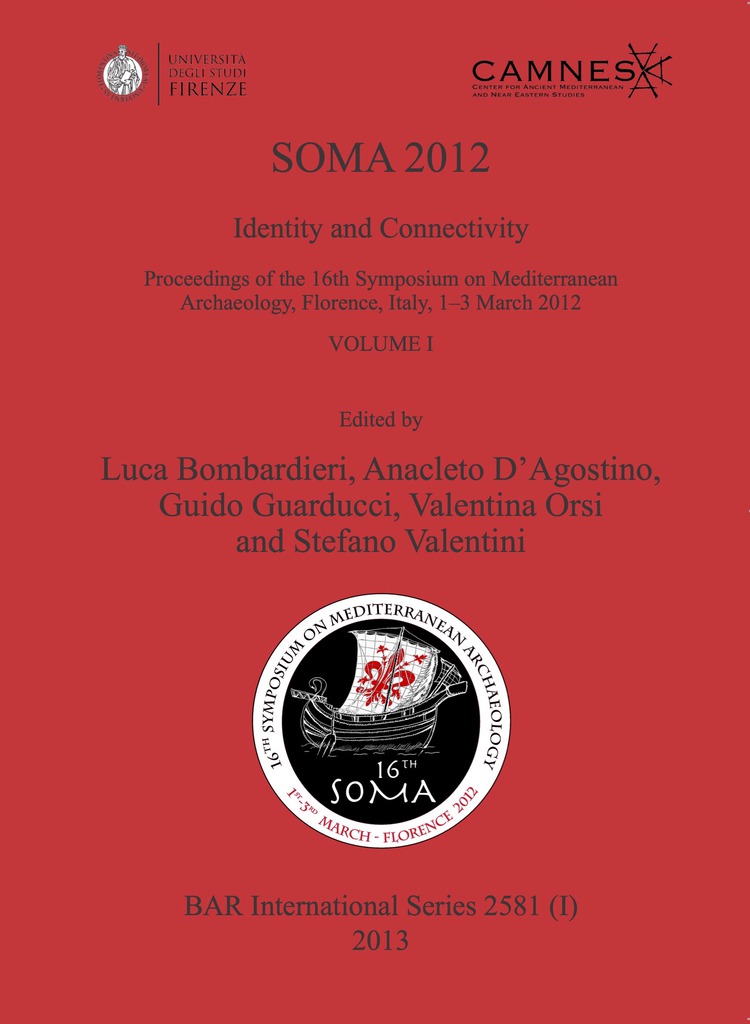

 Published by:
Published by:
Rethinking Osiris
Proceedings of the International Conference. Florence, Italy 26-27 March 2019

The figure of the god Osiris is paradigmatic of the ancient Egyptian culture, connected with both kingship and religion, state and myth, whose analysis continues to shed light on paramount aspects of the Egyptian world as well as providing new perspectives on its multifaceted culture. This volume collects the papers presented during the “Rethinking Osiris” International Conference that took place in Florence, Italy, from the 26th to the 27th of March 2019. The contributions reflect the variety and complexity of the Osiriac concept discussed during the conference, providing the foundation for fresh avenues of interpretation and introducing new viewpoints from which to reconsider Osiris’ pivotal and manifold functions, which attracted so much interest during the millennia as well as rethinking the Osiris phenomenon at the dawn of the Third Millennium.
Constructing Kurgans
Funerary Customs in the Caucasus and Eastern Anatolia During the Bronze and Iron Age
Between Syria and The Highlands
Studies in Honor of Giorgio Buccellati & Marilyn Kelly-Buccellati
SANEM 2
Settlement Patterns and Political Landscapes in the Upper Tigris River Valley
SANEM 1
Le Necropoli Etrusche di Macchia della Riserva a Tuscania
1. Pian delle Rusciare

STUDIES ON THE ANCIENT NEAR EAST AND THE MEDITERRANEAN
 Published by:
Published by:
THE SACRED BODY
Materializing the divine through human remains in antiquity

SACRED NATURE
Animism and Materiality in Ancient Religions

ARCHAEOLOGY OF SYMBOLS
ICAS I: Proceedings of the First International Conference on the Archaeology of Symbols



